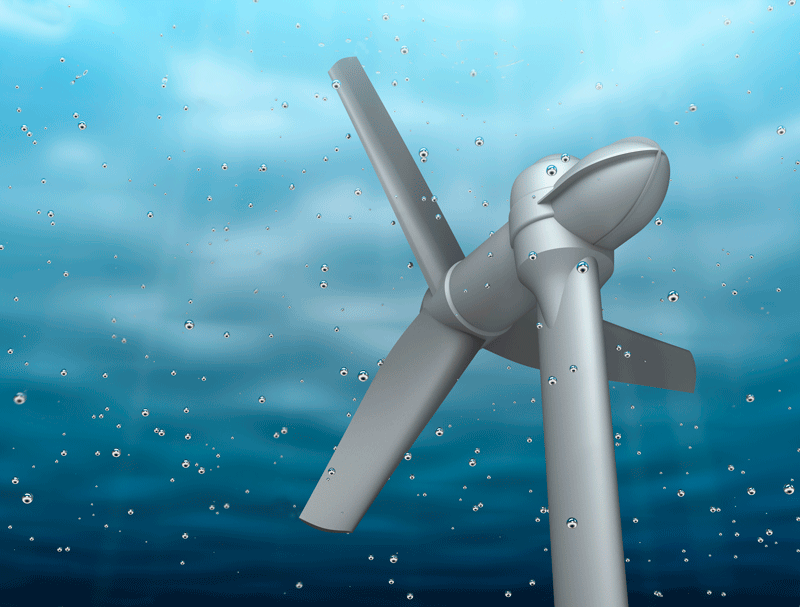
You’ve heard of solar power and wind-generated power. But what about power that comes from ocean waves?
That’s right: the U.S. government is spending up to $40 million to build a new wave energy test facility six miles off the coast of Newport, Oregon. But wave-generated power may be more complicated than it initially seems. Here, btw takes a look at this newest (and still most unknown) form of renewable energy.
What Are the Challenges?
Capturing energy from the motion of waves may sound simple enough, but it’s not. Engineers are still trying to figure out the best way to accomplish this task. Part of the difficulty is that, unlike the rays of the sun, waves move differently depending on where you’re located. Imagine a trip to the beach: when you swim out far enough, the waves move in an up-and-down pattern. But when you’re standing at the shoreline, they move back and forth. Beneath the surface, the particles of the ocean swirl and turn. Factor in changing tides and superswells caused by full moons, and it’s easy to see why scientists are having trouble determining the most efficient way to harness this unique form of power.

The new offshore testing facility will be built by Oregon State University’s Northwest National Marine Renewable Energy Center. At the facility, several different styles of wave energy converters will be connected to the power grid by underwater cables. That way, scientists will be able to study them simultaneously to more quickly figure out the most effective machine for the job.
Another potential challenge of wave energy could be its effect on the fishing industry. It’s possible that large-scale energy collection could interfere with their business. For now, researchers at Oregon State have consulted with fishermen to determine the best place to build the testing facility, to minimize the impact on this important local industry.
So Why Bother?
Though the challenges are daunting, supporters of wave energy argue that the investment of time and money now will more than pay off in the future. There is an incredible amount of energy in the ocean. (Remember that trip to the beach from earlier? If you’ve ever been knocked down by a wave, you would probably agree that the ocean is a pretty powerful force.) And the ocean is readily accessible: it is literally all around us. Also, like the wind and the sun, there is no danger of the ocean running out of waves.
Though wave-generated energy is very expensive–at least for now–it still may be economically feasible in certain places such as rural Alaska, where it is already expensive to generate electricity traditionally. However, none of this progress will happen overnight. Construction of the new Oregon facility isn’t even expected to start for another 18 months, with testing scheduled to begin in 2021.
